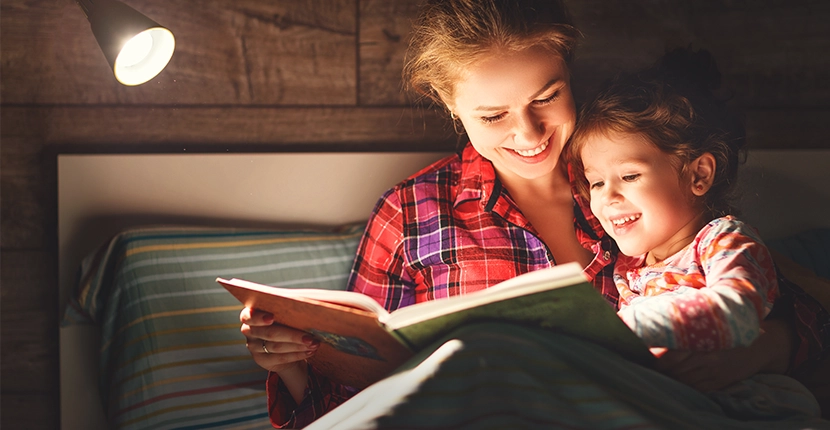Bright Ideas: How to Choose the Best Lighting for Your Home or Business
- by Joe Weber - updated on 3/31/2025

Lighting plays a crucial role in setting the mood, enhancing productivity, and improving energy efficiency. Whether you're upgrading your home's lighting or revamping your business space, choosing the right bulbs and fixtures can make a significant difference.
In this guide, we'll explore the different types of lighting, how to select the best bulbs, and why switching to energy-efficient lighting is a smart investment.
Understanding the Three Main Types of Lighting
A well-lit space isn't just about brightness—it's about balance. To create an ideal lighting setup, consider these three lighting types:
1. Ambient Lighting (General Lighting)
- Provides overall illumination for a room.
- Examples: Ceiling-mounted fixtures, chandeliers, recessed lighting, and track lighting.
- Best for: Living rooms, offices, kitchens, and hallways.
2. Task Lighting
- Focused lighting for specific activities like reading, cooking, or working.
- Examples: Desk lamps, under-cabinet lighting, and pendant lights.
- Best for: Offices, kitchens, bathrooms, and study areas.
3. Accent Lighting
- Used to highlight specific areas or objects, such as artwork or architectural features.
- Examples: Wall sconces, LED strips, and spotlights.
- Best for: Living rooms, galleries, outdoor landscaping, and retail displays.
Choosing the Right Light Bulbs
Selecting the best bulb goes beyond wattage. Consider the following factors:
1. Lumens vs. Watts
- Watts measure energy consumption, while lumens measure brightness.
- For a bright room, aim for 800–1,600 lumens per fixture.
2. Color Temperature
Measured in Kelvin (K), color temperature affects the look and feel of a space:
- Warm White (2400K): Warm and welcoming, ideal for living spaces.
- Soft White (2,700 - 3,000K): Cozy and inviting, ideal for living rooms and bedrooms.
- Cool White (4100K): Crisp and bright, great for offices and kitchens.
- Daylight (5,000K): Mimics natural sunlight, best for garages, workspaces, and security lighting.
3. LED vs. Incandescent vs. CFL
- LEDs: The most energy-efficient option, lasting up to 25,000 hours.
- CFLs: More efficient than incandescents but contain mercury and require special disposal.
- Incandescents: The least energy-efficient and are being phased out due to high energy consumption.
Benefits of Switching to LED Lighting
Upgrading to LED bulbs offers multiple benefits:
- Energy Efficiency – Uses up to 80% less energy than incandescent bulbs.
- Longer Lifespan – LEDs can last 15-25 times longer than traditional bulbs.
- Lower Heat Emission – Reduces fire risk and keeps rooms cooler.
- Dimmable Options – Many LED bulbs are compatible with dimmer switches.
- Variety of Styles – Available in multiple colors, shapes, and smart lighting options.
Smart Lighting: The Future of Home & Business Illumination
Smart lighting systems allow you to control brightness, color temperature, and even scheduling through apps or voice assistants like Alexa and Google Assistant. Features include:
- Automated Scheduling: Set lights to turn on/off at specific times.
- Motion Sensors: Improve security and energy efficiency.
- Color Customization: Change hues to match your mood or décor.
Outdoor & Commercial Lighting Tips
- Outdoor Spaces: Use motion-activated floodlights for security and solar-powered path lights for energy efficiency.
- Retail & Office Settings: Use a mix of ambient and task lighting to enhance productivity and reduce eye strain.
- Warehouse & Industrial Areas: Opt for high-lumen LED fixtures to ensure safety and visibility.
Find the Best Lighting Solutions at Batteries Plus
Whether you need bulbs for your home, business, or industrial space, Batteries Plus has a wide selection of LED, fluorescent, and specialty lighting options. Our experts can help you choose the right lighting solutions to enhance efficiency and aesthetics.
Visit your local Batteries Plus store or shop online to find the perfect bulbs and fixtures for your needs.